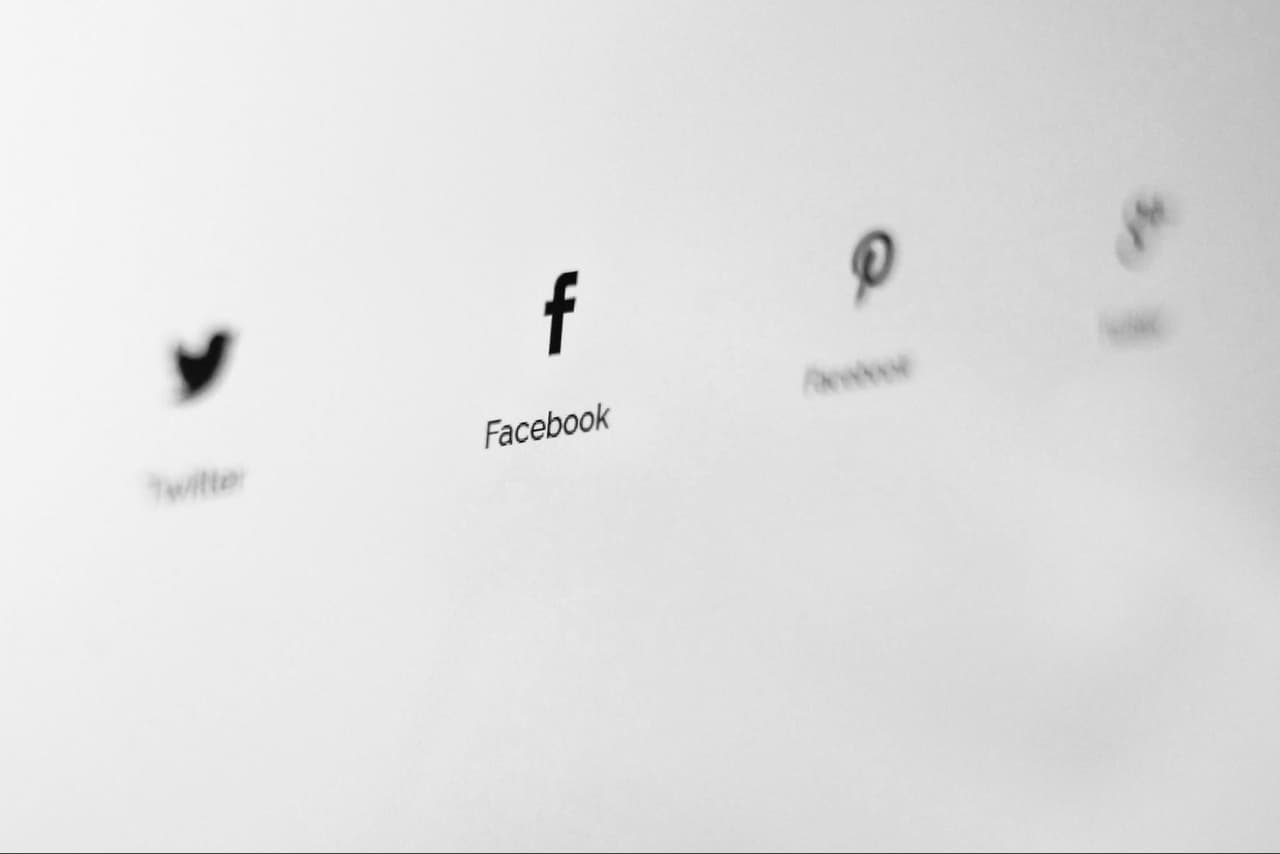Marie Curie’s IQ: Early Life, Education & Discoveries
Discover Marie Curie’s IQ score and learn how she pioneered radiology, shaping modern medicine and leaving an eternal mark on science.

Marie Curie’s IQ is the topic of many discussions, with some claiming she had the highest IQ in the world and others adamantly disputing it.
Considering her numerous contributions to the scientific and medical worlds, it’s not hard to imagine her as one of the most intelligent people ever. But what is the actual truth about Marie Curie’s IQ?
In this article, we will shed some light on this mystery, drawing conclusions from everything we know about Marie Curie’s life and achievements.
Without further ado, let’s get started.
Wondering if your IQ is above average? Take the test here!
Take the testWhat Was Marie Curie’s IQ?

What Was Marie Curie’s IQ?
Experts estimate that Marie Curie’s IQ was most likely in the 180–200 range, making her an indisputable genius.
However, this information should be taken with a grain of salt; after all, Marie Curie never officially took an IQ test to confirm this score. In her time, measuring intelligence was still in its infancy and not nearly as widespread as it is today.
Still, if the estimates are correct, Marie Curie’s IQ score would place her among the most intelligent people who ever lived. For comparison, Albert Einstein’s IQ is said to have been 160, while Nikola Tesla’s IQ is somewhere between 160 and 310.
Marie Curie’s Early Life & Education
Marie Curie, originally Maria Sklodowska, was born in Warsaw in 1867 to parents who were both teachers. She was the youngest of five siblings and grew up in significant poverty due to her parents’ involvement with Polish patriotic movements aimed against the Russian Empire.
From a very young age, Marie Curie was gifted with an impressive memory and a desire to learn. Even though women had limited opportunities for education, Marie decided to pursue it, first attending a boarding school and then a gymnasium for girls. After graduating from the latter, she received a gold medal for outstanding performance.
Since women weren’t allowed to enroll in universities, Marie Curie secretly attended the so-called Flying University, an underground Polish institution of higher education. At the same time, she took on a job as a governess, financing her older sister’s medical studies.
In 1891, her sister returned the favor, inviting Marie Curie to join her and her husband in Paris, where she could study physics, mathematics, and chemistry. Despite her financial struggles, Marie got a degree in physics in 1893 and in math the following year.
Marie Curie as a Scientist: Notable Achievements
In 1894, when Marie Curie got her math degree, she started working in physicist Gabriel Lippmann’s laboratory. Moreover, that same year, she met Pierre Curie, her future husband and scientific partner.
After their wedding in 1895, Marie and Pierre Curie began their joint research on radioactivity, discovering two new chemical elements: polonium and radium.
These discoveries were made in 1898, and five years later, they brought Marie her doctorate in science as well as the Nobel Prize in Physics, which she shared with Pierre.
Marie Curie’s life seemed to have been going well—she was appointed a chief assistant in Pierre Curie’s laboratory, had two daughters, and kept getting recognition for her work.
Unfortunately, Pierre Curie’s sudden death in 1906 put a damper on her happiness, leaving Marie Curie to finish their joint research alone. She took his position at the Sorbonne and became the first woman to teach there. In 1908, she officially received the title of professor.
Then, in 1911, after publishing a treatise on radioactivity, Marie Curie received her second Nobel Prize, becoming the first and only woman to be awarded two.
Three years later, she founded the Radium Institute at the University of Paris and became its director.
Marie Curie’s Later Pursuits

A X-ray of a hand
The Radium Institute quickly became a center for chemistry and nuclear physics under Marie Curie’s leadership. During World War I, she began her research on X-rays and radioactive substances there, with a particular focus on their medical applications.
Throughout the 1920s, Marie Curie traveled around Europe and the United States, giving lectures on her discoveries. While visiting the US, she was greeted by President Warren G. Harding and given a gram of radium as a gift from American women.
Among other pursuits, Marie Curie stockpiled radium and polonium at her institute, creating a large enough supply to assist in the treatment of illness and use it in her further experiments.

Take this free test to get accurate results
Discover your IQ score by taking our online IQ test and embark on your self-development journey today!
Start the test nowMarie Curie’s Death & Legacy
Ultimately, Marie Curie’s scientific discoveries came with a high price: her life. The detrimental effects of radiation were still unknown, so she often handled radioactive substances without any safety measures in place. That, along with her exposure to X-rays during the war, led to her death from aplastic anemia in 1934.
Still, Marie Curie’s achievements have proven invaluable for medicine and science. Without her, X-ray machines wouldn’t be as advanced as they are, and we wouldn't be using radiation for cancer treatment. Not to mention, as a pioneer in her field, she paved the way for women in science.
In 1995, Marie Curie received another posthumous honor—her ashes, along with Pierre’s, were transferred to the Pantheon in Paris. That made her the first woman to be interred there as a result of her own achievements, once again confirming her status as an invaluable scientist in human history.
Key Takeaways
Although Marie Curie’s IQ level is not exactly known, there’s no doubt that she was a brilliant visionary whose discoveries shaped modern science and medicine.
However, what may be even more impressive than her IQ is her persistence. Despite the obstacles she faced as a woman pursuing her education, she followed her chosen path and achieved tremendous success.
For that, she will always be remembered as a pioneer and a role model for many generations of women in science.
Don't miss these posts for a deep dive into the IQ scores of other famous personalities:

![Image for Top 15 Smartest Animals on the Planet [+ Why]](/_next/image?url=https%3A%2F%2Fcdn.sanity.io%2Fimages%2Fain3cp3v%2Fproduction%2Fcb85cc355ce3def9f92402223efa89882cc72715-3000x2856.jpg&w=1280&q=75)

